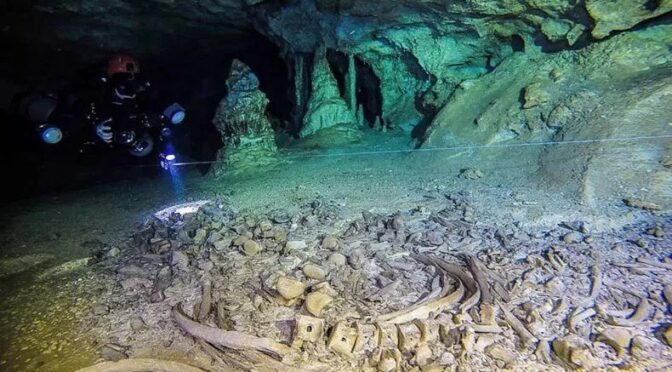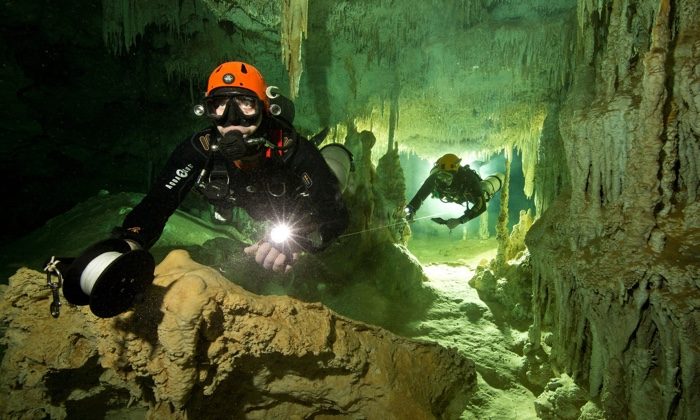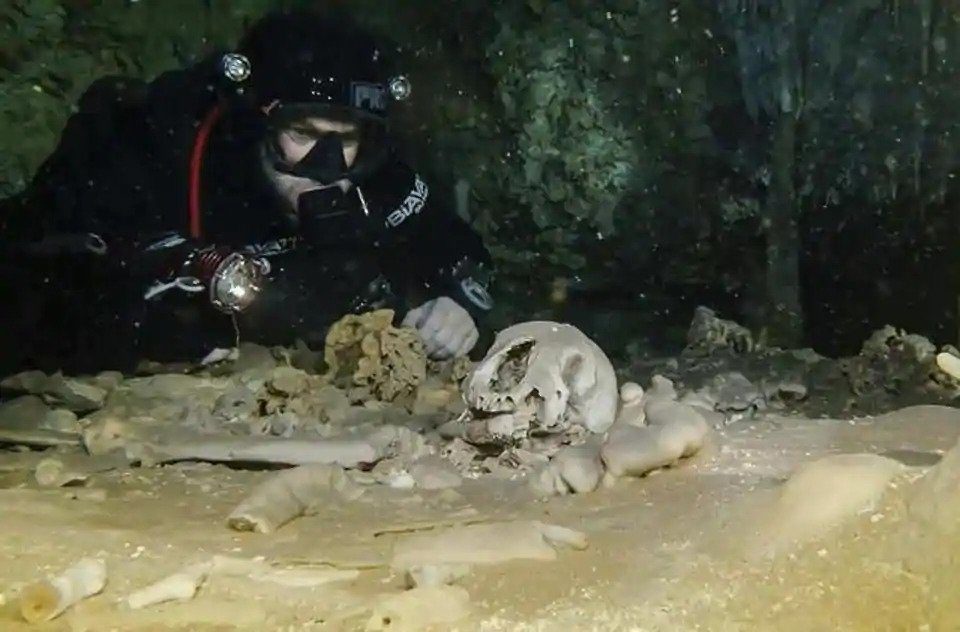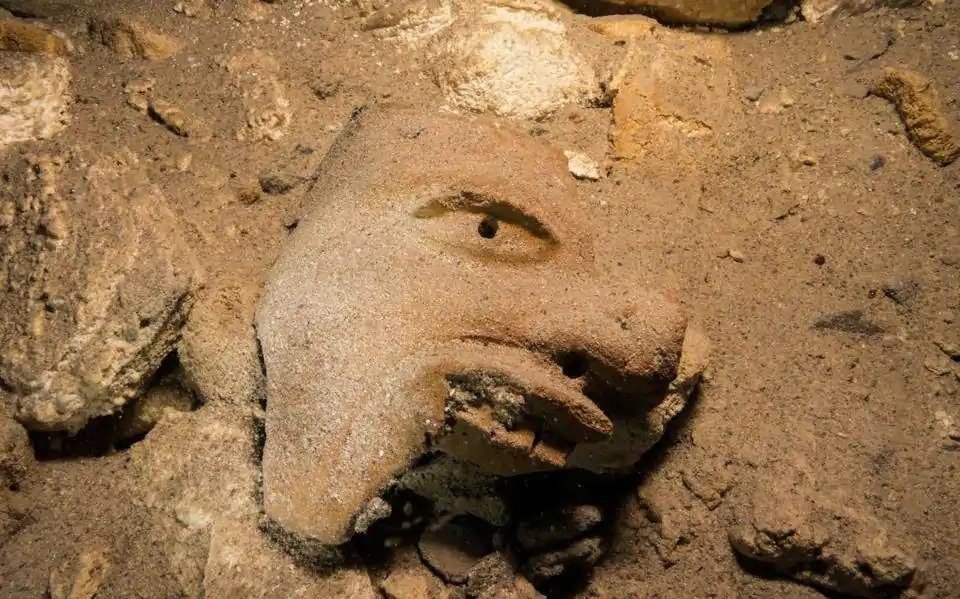
This sprawling, sunken labyrinth, stretching an astounding 347 km (216 miles) of subterranean caverns, is not only a stunning marvel but also a significant archaeological find that can uncover the forgotten mysteries of the ancient Mayan civilization.
"This enormous cave is the world's leading archaeological submerged site," said Guillermo de Anda, an underwater archaeologist at the National Institute of Anthropology and History of Mexico.

De Anda heads up the Great Maya Aquifer Project (GAM), a research effort which for decades has explored underwater caves in the Mexican state of Quintana Roo, located on the Caribbean coastline of the Yucatán Peninsula.
The region hosts a stunning 358 submerged cave systems, representing some 1,400 kilometres (870 miles) of flooded freshwater tunnels hidden under the surface.

Before now, another system called Dos Ojos ('two eyes') spanning 93 kilometres (57.8 miles) was thought to be distinct from Sac Actun, but an exhaustive 10 months of underwater probing proved the two were actually one giant continuous cavity.
"We came really close a few times. On a couple of occasions, we were a metre from making a connection between the two large cave systems," GAM exploration director Robert Schmittner told Mexican newspaper, El Pais.
"It was like trying to follow the veins within a body. It was a labyrinth of paths that sometimes came together and sometimes separated. We had to be very careful."
That effort paid off, and under the rules of caving, Sac Actun now absorbs Dos Ojos (and its former length), meaning at 347 kilometres long Sac Actun is now the world's largest known underwater cave - beating out the former frontrunner, the Ox Bel Ha System, also in Quintana Roo, which stretches for 270 kilometres.
But the search isn't over yet. Sac Actun stands to grow even larger, with the researchers saying it could be connected to three other underwater cave systems - provided further dives can show the caverns do indeed link up.

As footage in the researchers' video and photos show - untold volumes of preserved Maya artefacts and human remains are just waiting to be discovered and analysed from within this unprecedented cave system.
Ultimately, the scientific implications could be just as massive as the cave itself.
"We've recorded more than 100 archaeological elements: the remains of extinct fauna, early humans, Maya archaeology, ceramics, and Maya graves," de Anda told the Mexican media.
"It's a tunnel of time that transports you to a place 10,000 to 12,000 years ago."



Reader Comments